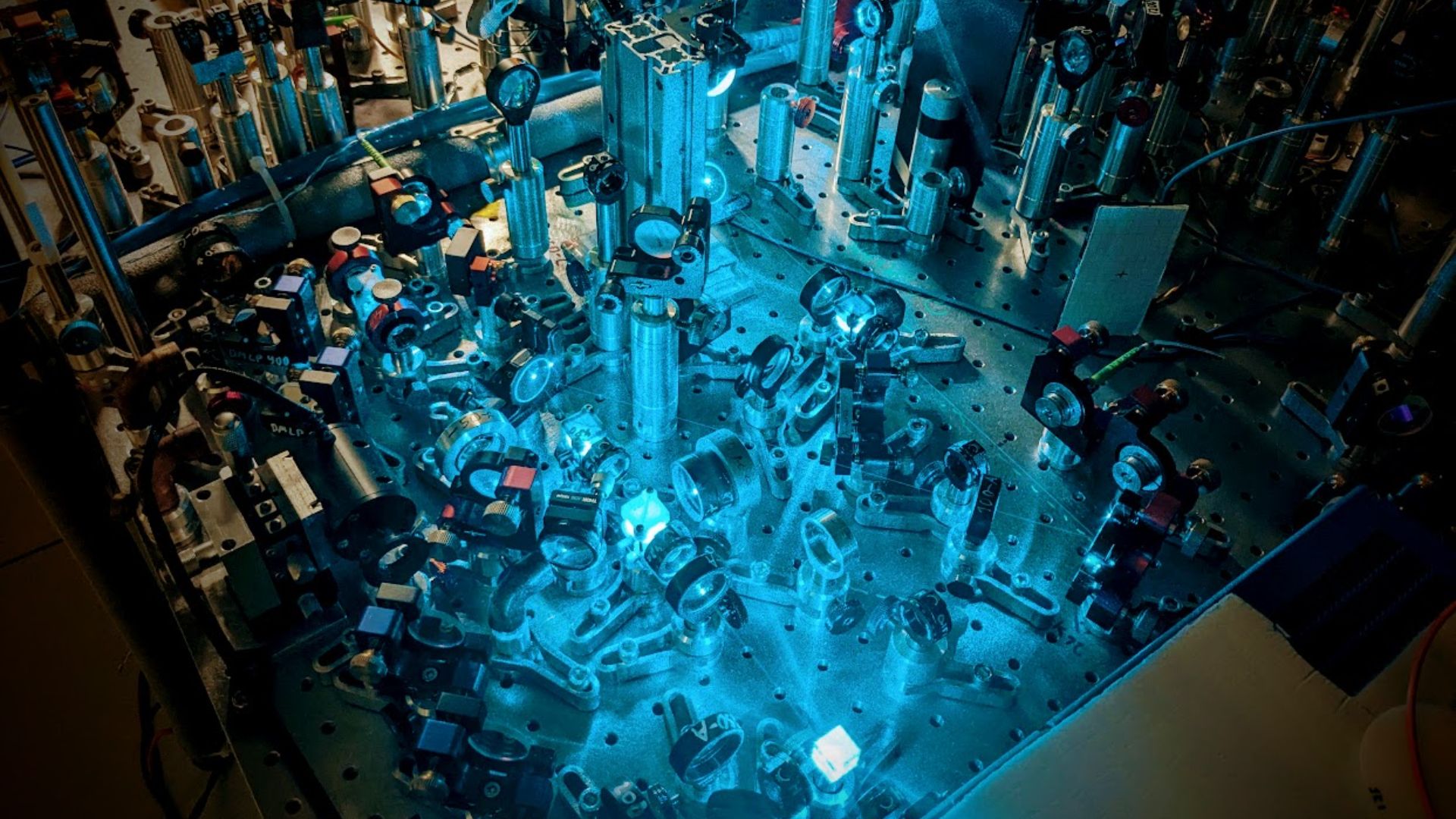A team of physicists at the University of Warsaw has built the world’s first all-optical radio receiver powered entirely by laser light.
The device, developed by researchers from the Faculty of Physics and the Centre for Quantum Optical Technologies, uses Rydberg atoms to detect and decode radio waves without relying on metal antennas or electrical circuits.
Their findings mark a major leap in quantum sensing. The receiver can self-calibrate, detect weak signals with high accuracy, and operate invisibly, all using beams of light.
The project, led by Dr. Michał Parniak, is also being commercialized under a European Space Agency contract.
In modern communication, radio waves carry most of the world’s digital information. Traditional receivers rely on metal antennas and electrical mixers to capture these signals.
The Warsaw team replaced that entire setup with atoms of rubidium suspended in a glass cell and illuminated by three ultra-stable lasers.
As Dr. Michał Parniak explained, “In our experiments, we replaced the antenna and electronic mixer with a new medium – a kind of artificial aurora borealis.”
Each laser beam precisely matches the quantum energy levels of rubidium atoms. The electrons respond by entering high-energy orbits known as Rydberg states.
When radio waves pass through the cell, they slightly alter this atomic movement.
The electrons then fall back to lower orbits and emit faint infrared light that carries the encoded signal.
The team also solved a major technical challenge by keeping the lasers and atoms in perfect rhythm.
They used optical cavities, mirror-lined vacuum tubes that stabilize the light’s frequency, similar to how an organ pipe holds a musical note.
This system keeps the electrons’ motion steady and allows accurate detection of a signal’s amplitude and phase.
Invisible and non-invasive detection
Unlike traditional antennas, the laser-powered receiver has no metal components and does not interfere with the radio field it measures.
The setup only needs rubidium vapor, lasers, and a sealed enclosure.
In the future, the system could shrink to a small bulge on an optical fiber.
All the necessary light could travel through the fiber, while the infrared signal returns in the opposite direction.
Measurements could then be done several meters away from the signal source, enabling discreet and non-invasive detection.
This level of precision could transform how microwave fields are calibrated. It may also open the door to new applications, from stealth sensors to satellite-based quantum receivers.
Quantum tech heads to space
The Warsaw researchers have been refining Rydberg-based microwave detection methods for years.
Their technology stands out for its self-calibration, high sensitivity, and potential for miniaturization.
These qualities have attracted attention from international metrology institutes, defense organizations, and space agencies.
Since early 2025, Dr. Parniak’s team has been working with the European Space Agency to commercialize the laser-powered receiver.
The goal is to deploy quantum sensors on satellites for precision field measurements.
The research forms part of Poland’s SONATA17 project and the Quantum Optical Technologies program, co-financed by the European Union.
Together, these efforts mark a new era where radio communication, once defined by metal and electricity, may soon be powered entirely by light.
The study is published in the journal Nature Communications.
First Appeared on
Source link













